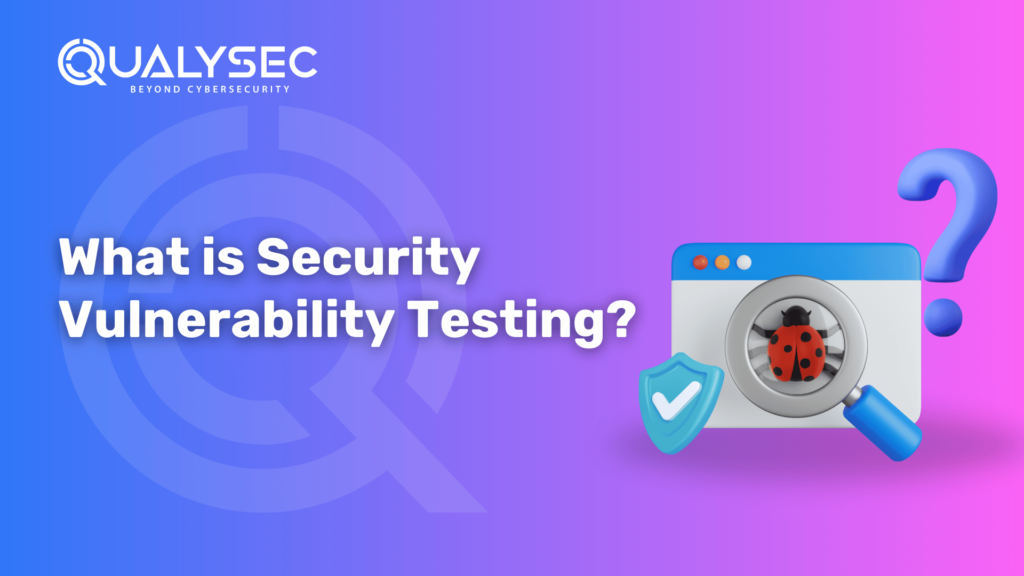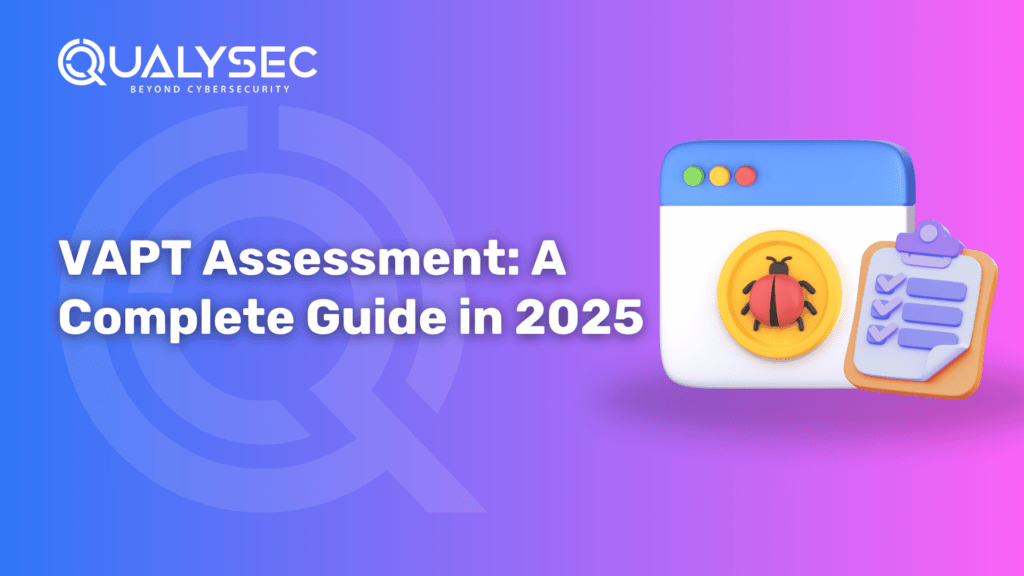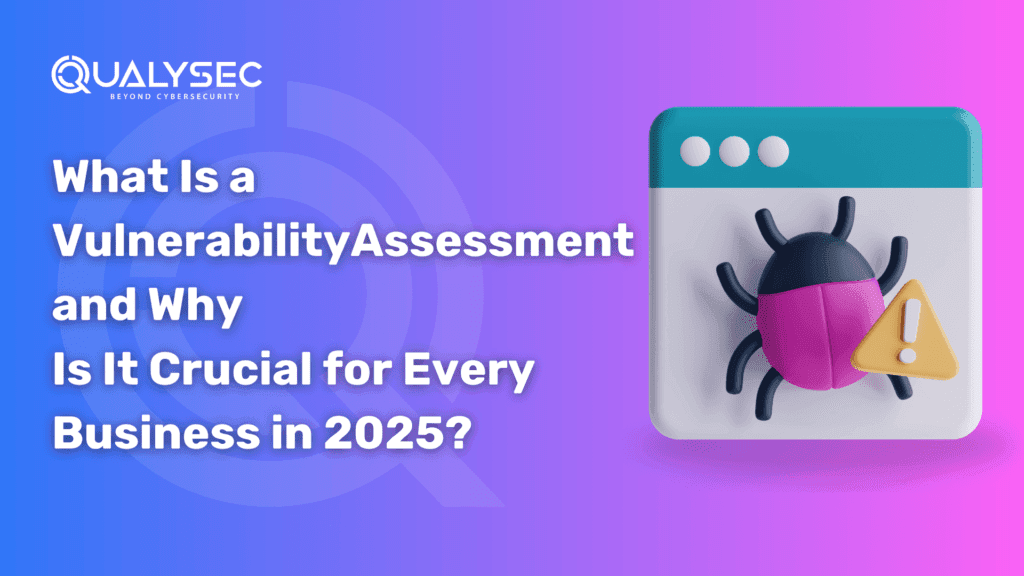What is Security Vulnerability Testing?
In this age, where cyber attacks are becoming more and more complex and commonplace, business companies, whether small or big, have to secure their digital assets. Security Vulnerability Testing like Vulnerability Assessment and Penetration testing, commonly termed as VAPT, is one of the most critical processes in securing an environment against security risks. A comprehensive study of what is VAPT Security Testing, its significance, its techniques and how businesses around the globe can benefit from it to boost their cybersecurity posture is listed today by Qualysec Technologies. Understanding the Security Vulnerability Testing Process To detect, analyse and mitigate the security vulnerabilities of an organisation’s IT infrastructure, Security Vulnerability Testing is a robust methodology. A vulnerability assessment detects potential weaknesses, and penetration testing simulates cyberattacks to exploit these vulnerabilities, providing a realistic evaluation of security defenses. Importance of Security Vulnerability Testing Cyber threats are only increasing for today’s businesses. Organizations understand the risks of ransomware attacks and data breaches, and these threats are constantly evolving. Vulnerability Assessment and Penetration Testing (VAPT) or Security Vulnerability Testing comes into close play here. Security Vulnerability Testing not only helps in discovering the possible vulnerabilities in an organization but also fortifies an organization’s security posture. Here are important reasons why Security Vulnerability Testing is important for businesses, especially in 2025. Proactive Identification of Vulnerabilities The Security Vulnerability Testing method is a proactive approach towards cybersecurity that notifies the weakness before the malicious attacker uses it. Since cybercriminals stay ahead of businesses, organizations conduct regular assessments to stay proactive and reduce the risk of a successful attack. It helps uncover vulnerabilities early so organizations can implement the needed fixes to protect the systems and data. Compliance with Regulatory Standards Data protection and cybersecurity are important and strict requirements that many industries have to meet. So, security assessments as per the standards set in place by GDPR, PCI DSS, HIPAA and ISO 27001 require regular VAPT. Failing to comply can lead to severe penalties, legal actions, and reputational damage. Security Vulnerability Testing helps businesses with the above-mentioned standards to stay compliant as it helps protect the sensitive information of the organization alike. Enhanced Security Posture Continuous VAPT Security Testing plays an important role in strengthening the security posture of the organization by identifying potential gaps on a more regular basis to close them. What this represents is a continuously evolving process both in terms of the means used and security measures herself, as a response to the evolving threats. Not only does it improve security posture with the protection of the organization, but it also boosts customer and stakeholder confidence. Risk Mitigation and Incident Prevention Cyberattacks can cause massive financial loss, system stoppage, and reputation damage. Security Vulnerability Testing mitigates these risks by identifying potential loopholes and resolving them before attackers can exploit them. Proactively addressing weaknesses in business helps to prevent potential security incidents and ensure that these incidents do not incur unreasonable costs. Protection of Sensitive Data Businesses handle a huge volume of proprietary information, including customer data, financial transactions, and intellectual property. While a data breach does not have to produce these kinds of results, it can, and doing so can be devastating. Security Vulnerability Testing provides that identifying and securing potential points of compromise in a system to avoid sensitive data from entering into the hands of a malicious network, is likely to disrupt crucial network functions. Cost-Effective Security Strategy VAPT Security Testing is a relatively less expensive approach to cyber-attacks compared to the financial impact it could cause. By investing just some money to have regular security tests, all of the costs of data breaches, ransomware payments, legal fees, and reputational damage are a drop in the bucket of the investment with some money on security tests. VAPT ensures businesses avoid these costs and has a strong defence against cyber threats. Building Customer Trust Customers are becoming more aware of the security of their data, which is an era when data breaches are practically a common everyday phenomenon. Regular VAPT Security Testing can show that to customers and demonstrate a commitment to cybersecurity, which can take your company one step closer to success. Businesses that emphasize cybersecurity will likely attract and keep the type of customers who respect the need for data protection. Adaptation to Evolving Threats Attacks always change fast and the attackers find new ways to exploit vulnerabilities. A business conducts VAPT security testing to keep its defenses updated against the latest threats. Testing helps organisations detect new vulnerabilities, and address the emerging threats on a timely note. Security Vulnerability Testing Process Security Vulnerability Testing is a key step for finding and mitigating potential threats before malicious actors can exploit them. VAPT Security Testing represents a disciplined approach to using a Vulnerability Assessment and Penetration Testing combined in one, to create a strong defense for any organization. As follows is a step-by-step breakdown of the method. Planning and Scoping The Security Vulnerability Testing process starts with first defining the scope, objective and needed resources. In this stage, all stakeholders agree on what to test, including systems, networks, and apps. They also determine the type of testing (black box, white box, or grey box), select the tools, and set the assessment timeline. Information Gathering In this phase, the testers gather a maximum amount of information about the systems to test. The details include IP addresses, domain names, network architecture and operating systems. Open-source intelligence (OSINT) tools and techniques often gather that data. The more details of information available, the better the Security Vulnerability Testing will go. Vulnerability Detection The real testing steps in this place. For known vulnerabilities, automated tools used to scan the systems like Nessus, Nmap and OpenVAS are used. The aim is to identify the weak points of software that is outdated, misconfiguration, or controlled by insecure protocols. In this phase, the list of potential vulnerabilities is created thoroughly with this is not about actively exploiting them. Exploitation In the last phase of penetration testing, ethical hackers






